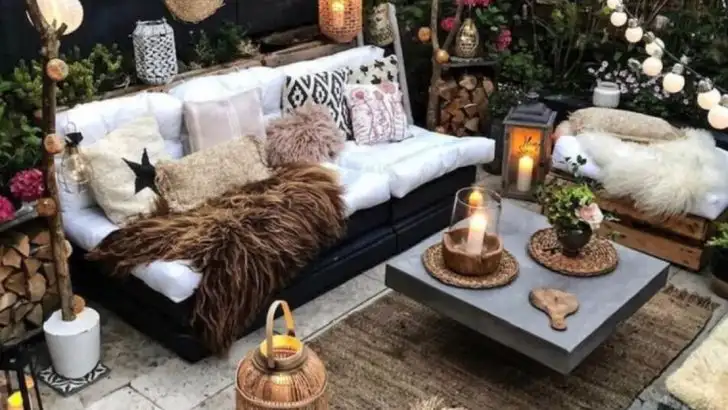A peaceful garden retreat can be the perfect way to unwind and enjoy nature right at home. With the right plants, furniture, and design elements, you can transform any outdoor space into a serene escape.
In this article, we share 19 ways to create a relaxing garden retreat that offers both beauty and tranquility. From choosing calming plants and adding cozy seating to incorporating water features and soft lighting, these ideas will help you design a space where you can relax, meditate, or simply enjoy some quiet time outdoors. Whether you have a small balcony or a large backyard, this guide will inspire you to create your perfect sanctuary!
Create a Zen Space

Incorporate elements such as raked gravel patterns, stone lanterns, and bamboo. These features evoke the tranquility of traditional Japanese gardens. Place a simple bench or flat rock as a seating area to meditate or enjoy a quiet moment. The focus here is on simplicity and balance, allowing the mind to relax. Integrate plants like moss or small shrubs to soften the space, creating a natural harmony. This Zen corner can be a small dedicated area within a larger garden or a standalone feature on a balcony or patio.
Install a Water Feature
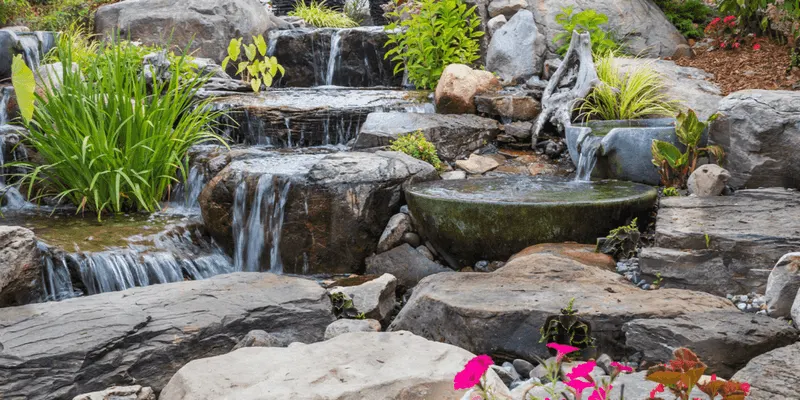
Nothing calms the mind quite like the soothing sound of water. Installing a water feature can transform your garden into a sensory delight. Consider a small fountain or a pond with a gentle waterfall. The subtle sounds of flowing water create a peaceful ambiance that invites relaxation. Position it where you can enjoy the view and sound, perhaps near a seating area. The addition of water plants or fish can enhance the feature’s charm. This addition acts as a focal point and encourages wildlife to visit.
Incorporate Aromatic Plants
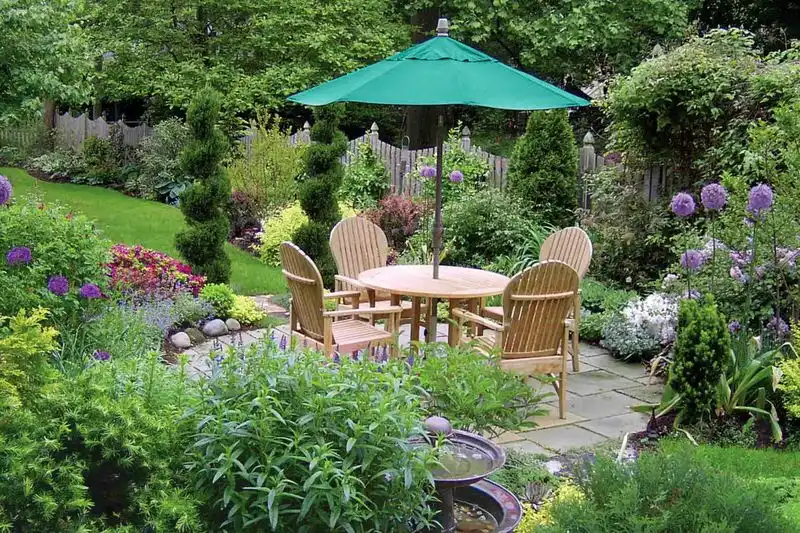
Engage your senses with aromatic plants that provide a natural fragrance to your garden. Lavender, rosemary, and mint are excellent choices. These plants not only offer delightful scents but also have soothing properties. Position them along pathways or near seating areas to enjoy their aromas as you wander or relax. The presence of these plants can also attract beneficial insects like bees and butterflies, adding life to your retreat. Regularly harvesting for culinary uses or herbal teas can be an added benefit.
Set Up Comfortable Seating
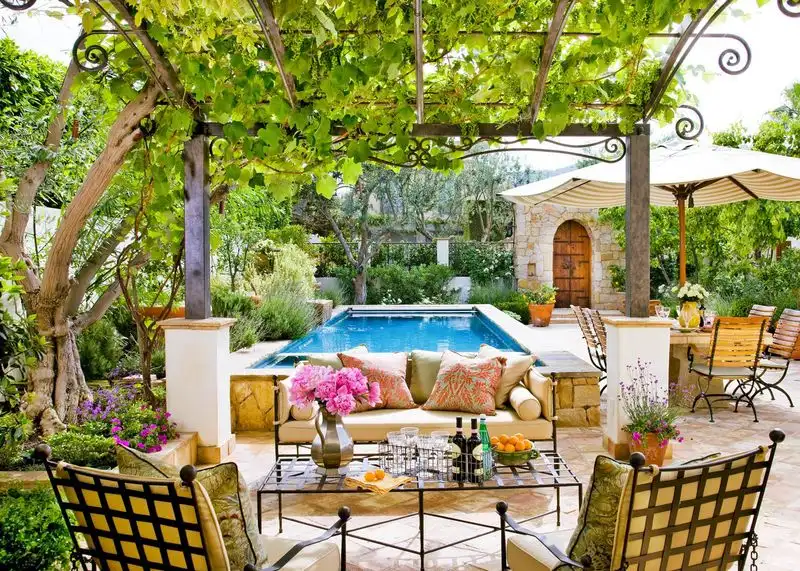
Comfortable seating can make or break your outdoor relaxation experience. A well-placed bench, a hammock, or cushioned wicker chairs can invite extended stays in your garden. Arrange seating in both sunny and shaded areas to accommodate different weather preferences. Consider materials that withstand outdoor conditions while providing comfort. Add outdoor cushions for a touch of color and coziness. This seating could become a favorite spot for reading, daydreaming, or enjoying a cup of tea amidst nature’s backdrop.
Use Garden Lights for Ambiance
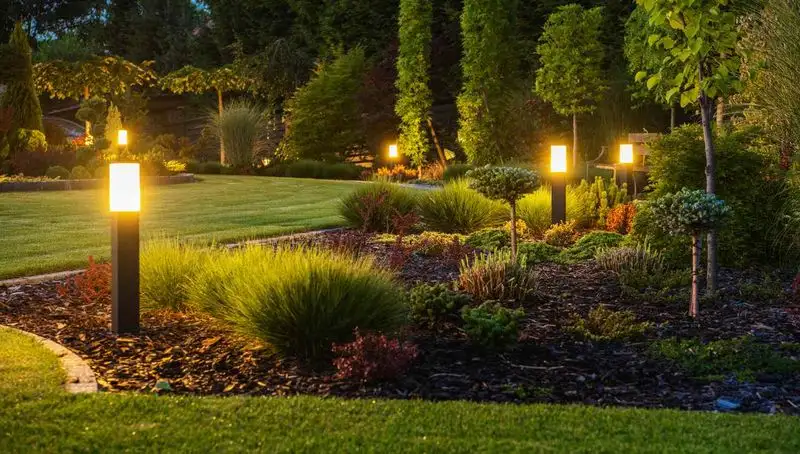
Lighting extends the usability of your garden into the evening hours. Solar-powered lanterns or string lights can illuminate pathways, creating a magical atmosphere. Consider placing lights at different levels, such as ground lights along paths and hanging lights in trees. This layered approach adds depth and dimension to your garden. The soft glow can make the space feel more welcoming and intimate. Whether for a quiet evening alone or entertaining guests, lighting plays a crucial role in setting the mood.
Create a Wildflower Meadow
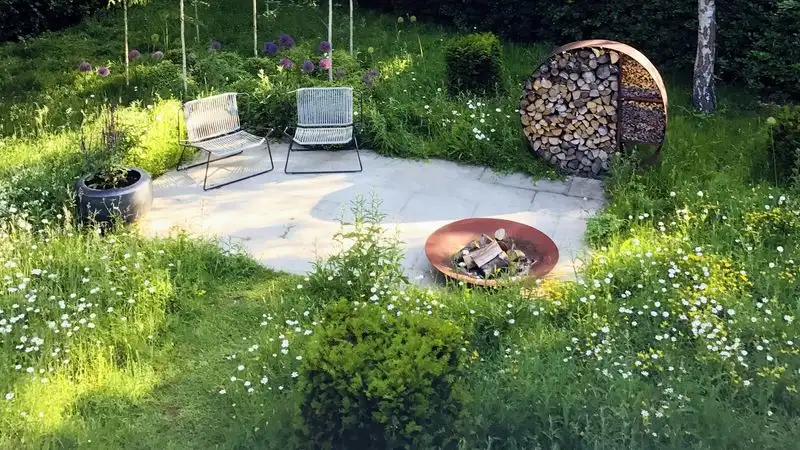
A wildflower meadow offers a burst of color and a haven for local wildlife. Select native flowers that thrive in your region for a low-maintenance option that blooms beautifully. The variety of colors and shapes provides visual interest, attracting pollinators like bees and butterflies. This meadow can serve as a prominent feature or a charming corner of your garden. Embrace the natural growth patterns and enjoy the dynamic changes through the seasons. A meadow invites a connection to the wider ecosystem.
Install a Garden Swing
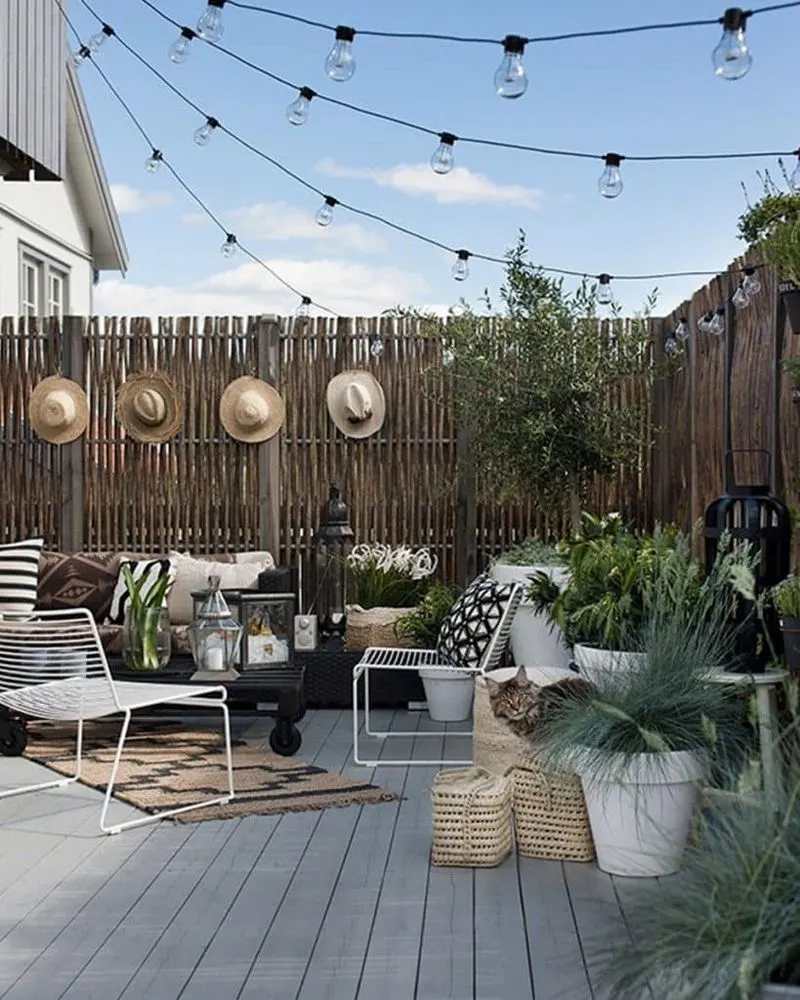
A garden swing adds a playful yet tranquil vibe to your outdoor space. Suspended from a sturdy tree or a standalone frame, it offers a gentle escape from everyday stress. The soothing motion of the swing can be particularly calming. Position it to take advantage of a scenic view or nestled among flowering plants. The swing can become a cherished spot for relaxation or quiet reflection. Enhance comfort with weather-resistant cushions or a throw blanket for cooler days.
Plant a Sensory Pathway
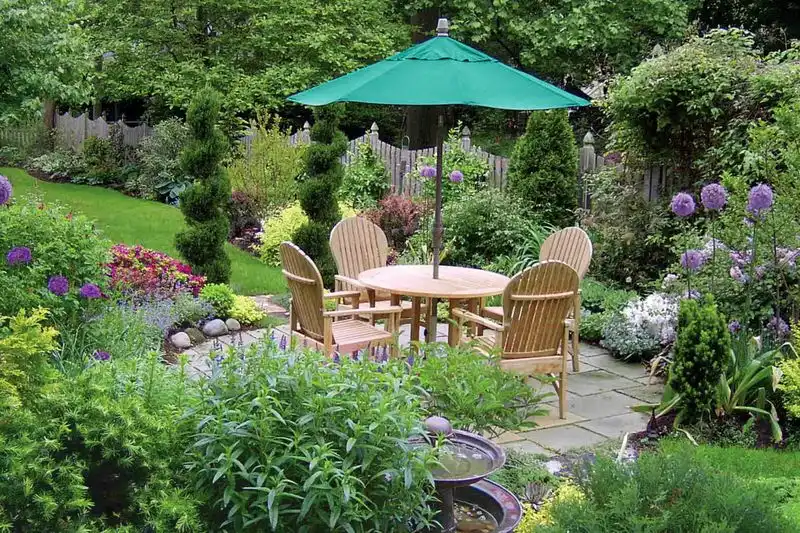
Create a pathway that stimulates the senses with varied textures and aromas. Use materials like smooth stones, moss, or wood chips underfoot. Border the path with a mix of aromatic herbs and tactile plants that invite touch, such as lamb’s ear or ornamental grasses. This pathway becomes more than just a means to navigate the garden; it’s an experience that encourages mindfulness and connection with nature. Each step brings new sensory delights, making it perfect for a reflective stroll.
Build a Secluded Nook
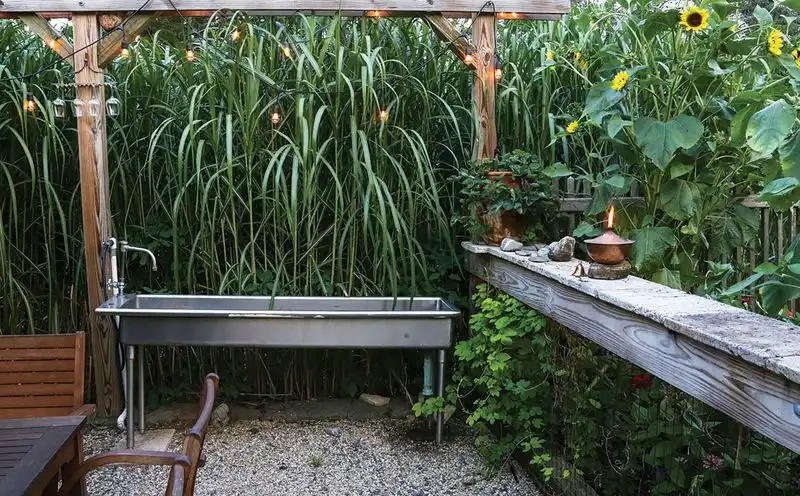
Crafting a secluded nook provides a private escape within your garden. Use tall plants, lattice screens, or trellises to create a sense of enclosure and privacy. A simple wooden bench or a couple of chairs can make this space inviting. Add potted plants with vibrant colors or interesting textures to enhance the mood. This hideaway can serve as a personal retreat for reading, meditation, or quiet contemplation. It’s perfect for those seeking solitude amidst the vibrant life of the garden.
Integrate Edible Plants
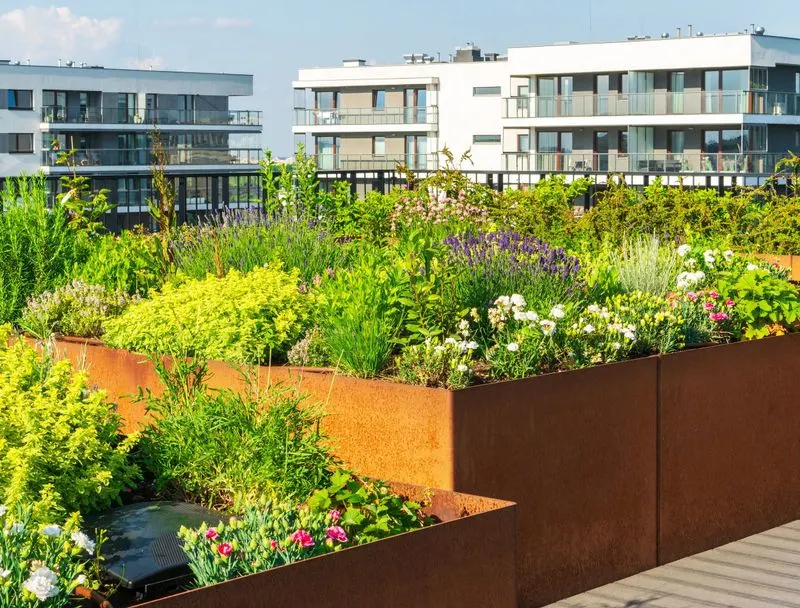
Integrating edible plants into your garden adds both beauty and utility. Consider planting a mix of vegetables and herbs like tomatoes, basil, and lettuce. These plants not only offer fresh produce but also add varied textures and colors to your garden. The act of growing your own food can be deeply satisfying and connects you to the cycle of nature. It encourages sustainable practices and reduces the need for store-bought produce. Position these plants where they receive adequate sunlight and are easy to access.
Design a Butterfly Haven
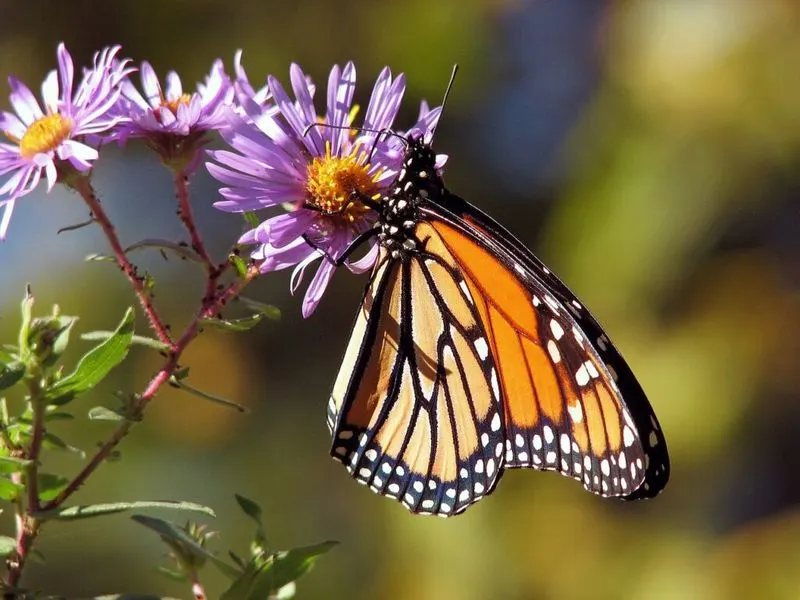
Creating a garden that attracts butterflies involves selecting the right plants and providing the necessary environment. Plants like milkweed, coneflowers, and asters offer nectar and serve as host plants for caterpillars. Position these plants in sunny spots as butterflies thrive in warmth. A shallow dish with water and stones provides hydration. This haven becomes a dynamic part of your garden, full of movement and life. Watching butterflies can add joy and tranquility to your time outdoors, fostering a deeper connection with nature.
Add a Fire Pit
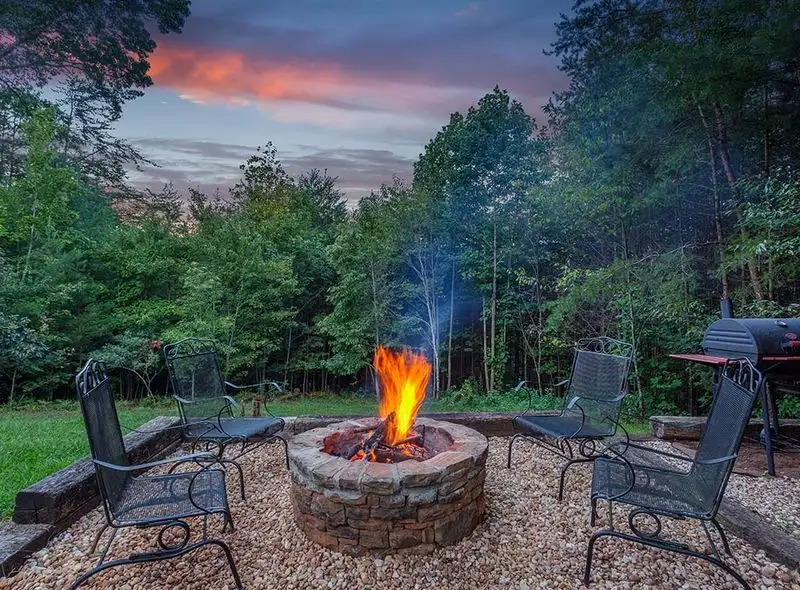
Adding a fire pit to your garden can extend its usability into the cooler months. The warmth and ambiance of a fire create a welcoming space for gatherings or solitary evenings. Choose a fire pit design that complements your garden’s style, whether rustic or modern. Arrange seating, such as outdoor chairs or benches, around it to encourage socializing. A fire pit provides an opportunity to enjoy the outdoors even when the temperature drops, making your garden a year-round retreat.
Grow Climbing Plants
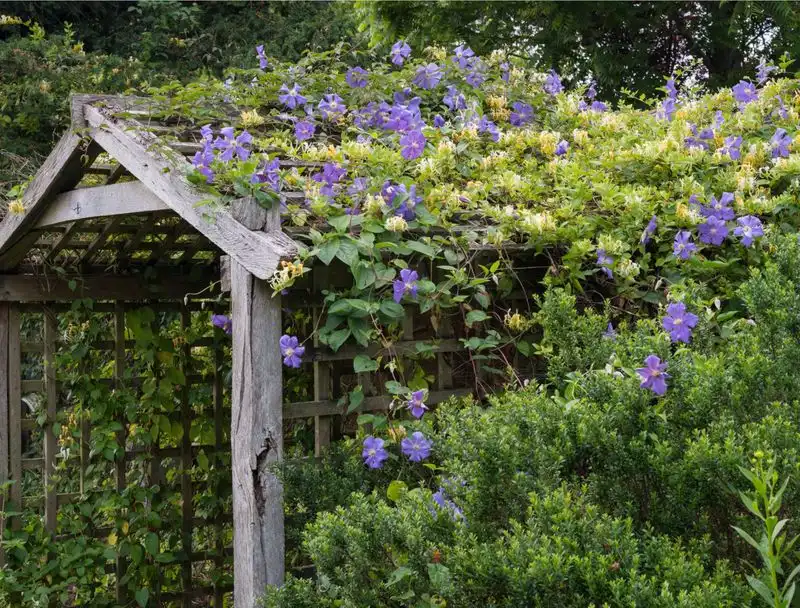
Climbing plants can transform vertical spaces in your garden, adding depth and beauty. Options like climbing roses, ivy, or wisteria create lush backdrops and can soften hard structures like fences or walls. Use arbors, trellises, or pergolas to support their growth. This vertical greenery can offer shade and a sense of enclosure, making the space feel more intimate. Climbing plants add a romantic touch to your garden retreat and can provide habitats for birds and insects.
Incorporate Garden Art
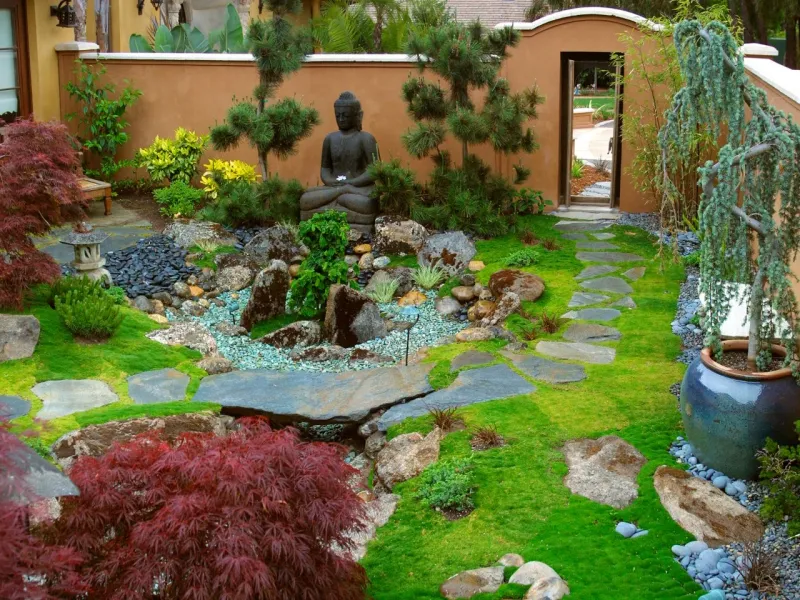
Garden art can express personality and creativity, adding unique character to your outdoor space. Consider sculptures, mosaics, or wind chimes that resonate with your style. These artistic elements can serve as focal points or blend subtly with the landscape. Position art pieces where they can surprise and delight, such as along pathways or within plant beds. Garden art can spark conversation and offers continual visual interest. It’s an opportunity to infuse your garden with whimsy and personal expression.
Create a Meditation Spot

Designate a space specifically for meditation and mindfulness practices. It can be as simple as a yoga mat on a deck or a cushion placed under a favorite tree. Surround this area with calming elements like potted plants or gentle lighting to enhance the atmosphere. Choose a location that offers a sense of calm and privacy, away from bustling areas. This dedicated space encourages regular mindfulness practices, providing a mental retreat without leaving home. It’s a haven for relaxation and introspection.
Set Up a Bird-Friendly Environment
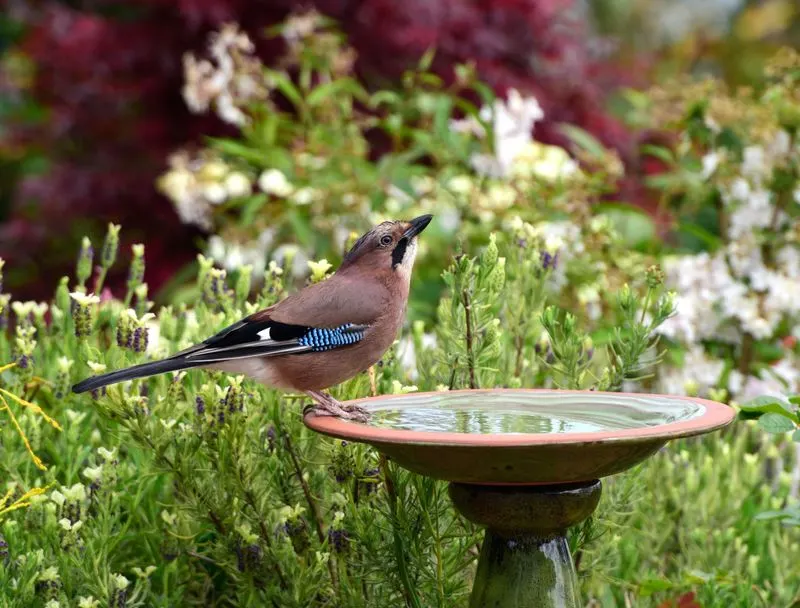
To attract birds, incorporate feeders, birdhouses, and water features into your garden. Provide a mix of seeds, suet, and nectar to cater to different species. Plants that produce berries or seeds can also encourage avian visits. Position feeders near trees or shrubs for shelter and safety. A bird-friendly garden offers a symphony of chirps and songs, enhancing the natural ambiance. Observing birds can be a delightful and relaxing activity, bringing a new dimension of life to your outdoor space.
Utilize Vertical Gardening
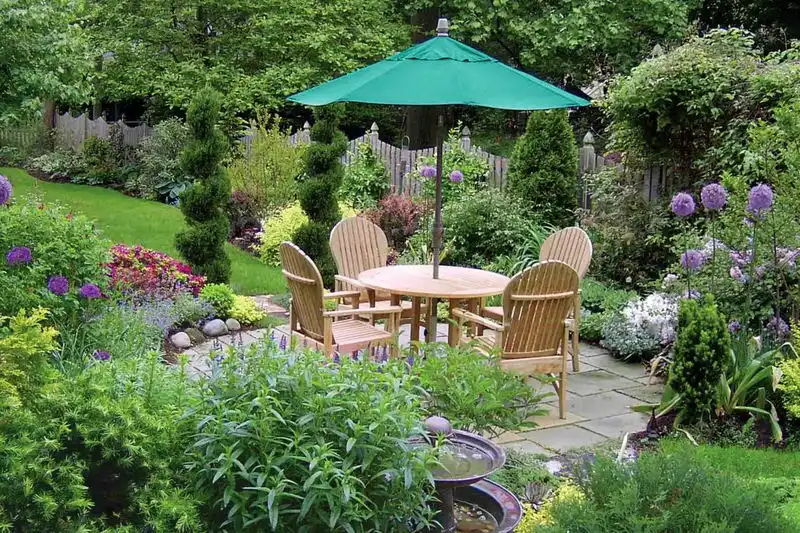
Vertical gardening is an excellent solution for those with limited space or who wish to add greenery to walls. Use planters, pocket gardens, or trellises to grow herbs, flowers, or even small vegetables vertically. This approach maximizes your space and adds an interesting visual element. Vertical gardens can act as living walls, providing privacy and a lush backdrop. They are particularly useful on patios or balconies where ground space is at a premium. This technique can transform any bare wall into a vibrant garden feature.
Install a Small Greenhouse

A small greenhouse enables year-round gardening opportunities and protects delicate plants from harsh weather. It provides an ideal environment for starting seedlings or growing plants that require specific conditions. Position the greenhouse in a sunny spot to maximize light exposure. Having a greenhouse expands the range of plants you can cultivate, encouraging experimentation. It’s also a cozy retreat for gardeners during cooler months, offering a warm, plant-filled haven. This addition is both functional and aesthetically pleasing.
Add a Garden Sculpture
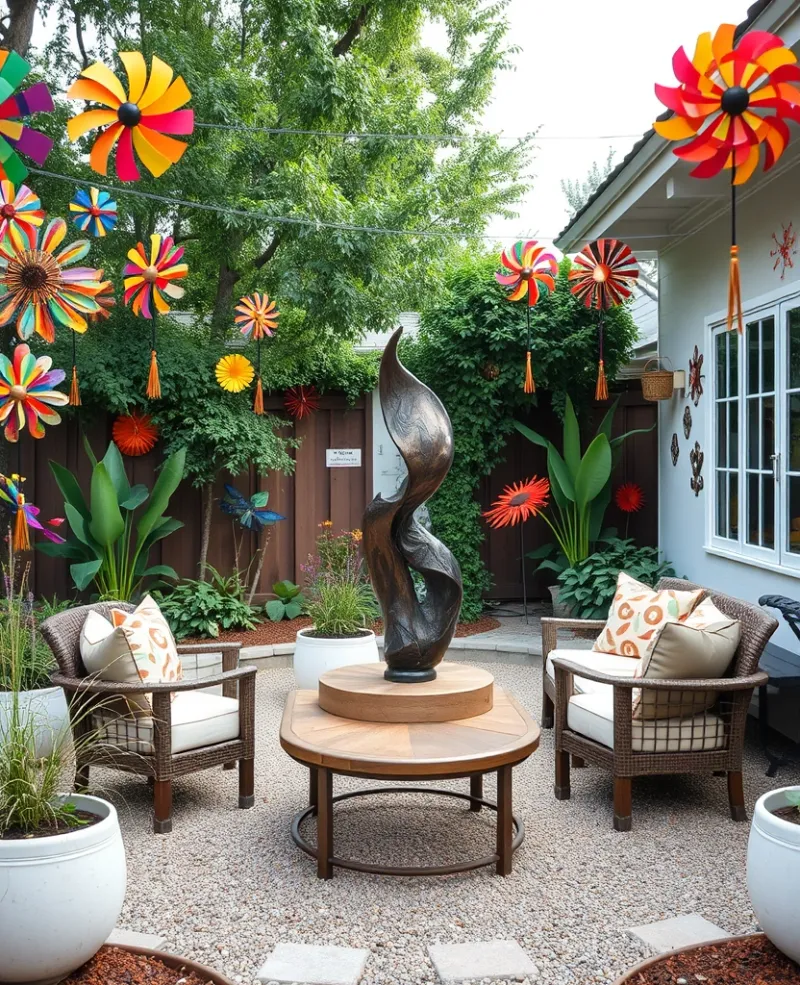
A well-chosen sculpture can become a captivating focal point in your garden. Select pieces that reflect your taste, whether modern, classical, or whimsical. The sculpture’s placement is key; situate it where it draws attention without overwhelming the space. Consider the harmony between the sculpture and its surroundings, using plants or lighting to enhance its presence. Sculptures enrich the visual landscape, offering a sense of permanence and artistic flair. They invite contemplation and can transform a garden’s ambiance.

